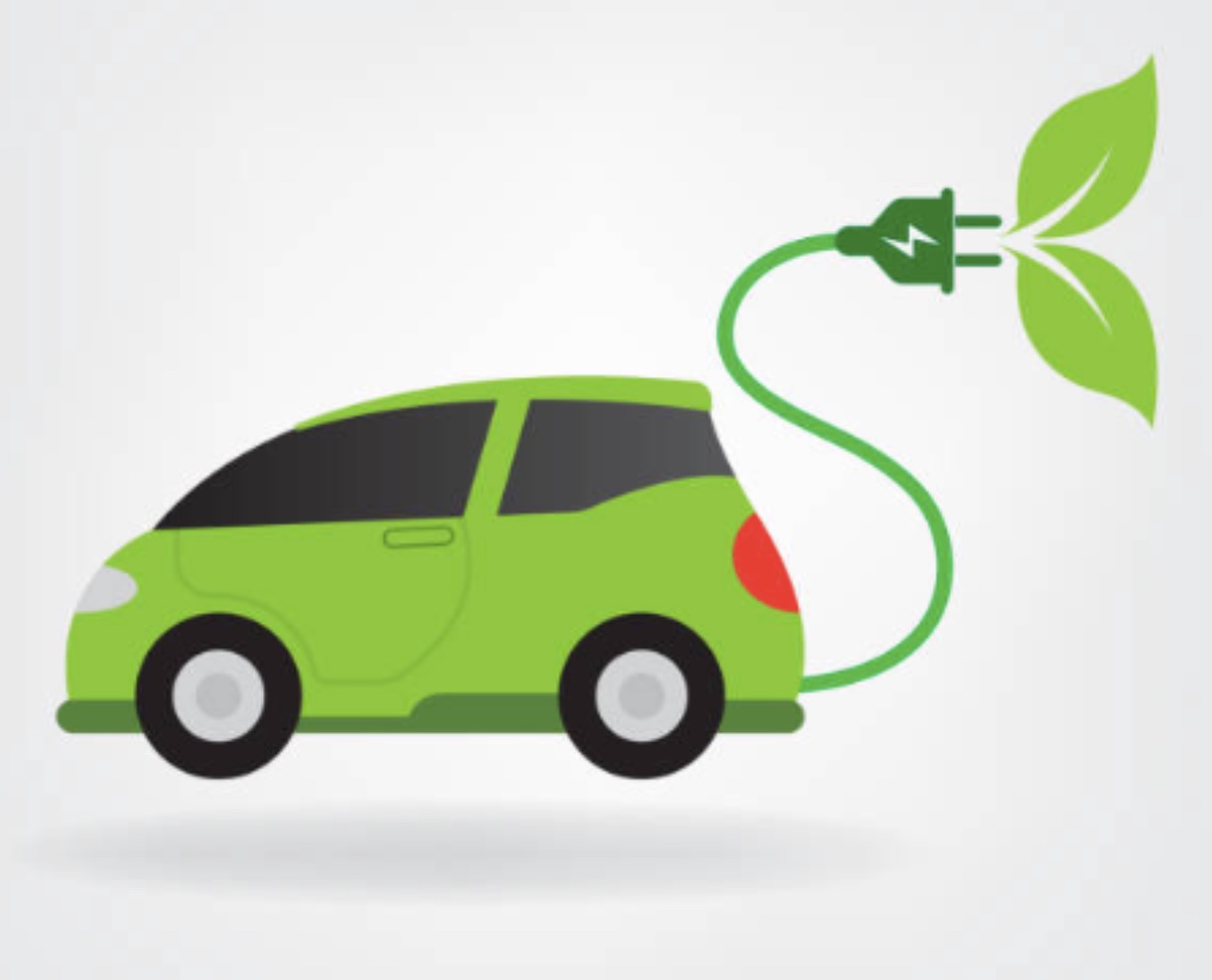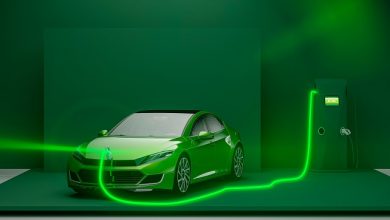Electrifying Urban Mobility

Urban mobility is changing at a pace faster than we can imagine, challenging the traditional vehicle-led planning model followed in transportation. Even before the current crisis, the sector was facing disruption largely in the form of new ride-hailing and ride-sharing models, leading to a paradigm shift in mobility as a service (MaaS). Recent events have accelerated this change as communities discover new ways to bridge distances through technology. People have become more conscious about the environmental impact of human activities and what essential really means. Commuter expectations have evolved and there is increased awareness about a more connected and shared transport model. Public transportation needs to reinvent itself to meet these demands in the new normal.
Urban commuters are choosing the mode of conveyance that lies at the intersection of their needs and the city context. Commuters expect accessible, convenient and pocket-friendly journeys. The value of time has gone up – so why spend it in transit? In cities, pollution, traffic congestion and rising fuel prices are driving the adoption of shared, more sustainable transportation models. Mobility services need to rethink the customer experience and the customer journey cycle – starting from door-to-door pickup to their endpoint – and look at optimizing operations in order to be competitive and sustainable in a densely populated urban environment. As a potential solution, electric mobility offers differentiation and a strong value proposition.
| Electric vehicles | Internal combustion engines | |
| Cost | Savings on recurring running cost on account of cheaper fuel prices, lower need for maintenance and improved energy efficiency | Savings on initial cost of acquisition |
| Operations | Facilitate more granular data collection that can be leveraged for smart, connected operations | Familiar mode of operations reduces need for change management |
| Emissions | Zero tailpipe emission; use of renewable energy for charging to realise more environment and cost benefits | Emissions from vehicles contribute to poor air quality in cities |
Recognising these advantages, there has been strong policy support in India through the FAME II scheme and state electric vehicle (EV) policies to drive the transition to electric mobility. Cities are at the heart of this transition, raising several important questions on how to drive the change.
When assessing the viability of going electric, the benefits in terms of total cost of ownership (TCO) for the mobility service provider and the technology constraints of EVs in the context of their application must be considered. Use cases as diverse as deploying electric buses in public transport fleets to electric scooters used by last-mile service providers weigh potential constraints like vehicle range, charging time and carrying capacity against the benefits of lower running costs, higher energy efficiency and zero tailpipe emissions. A comparison of the TCO of these EVs with business-as-usual internal combustion engine (ICE) vehicles will show where the transition to electric mobility is likely to have greater momentum.

Vehicle form factors considered are two-wheelers (2W) like bikes and scooters, three-wheeler (3W) – auto rickshaws for passenger and goods transport, four-wheelers (4W) including cars and light commercial vehicles, and heavy commercial vehicles (HCV) like buses and trucks
As with any mode of transportation, there is a need for supporting infrastructure. While ICE vehicles need petrol pumps and gas stations, EVs need charging infrastructure. However, the same approach to both will not work. Fuel stations work on the assumption that the vehicle turnaround time is 5–10 minutes, whereas charging EVs can take anywhere between 30 minutes to 6 hours. This requirement is often highlighted as the main constraint on EV adoption, but the real issue is the approach, not the charging time. City vehicles are stationary almost 8–20 hours a day. By integrating charging and parking infrastructure in cities, this time can be utilised for charging EVs. In the case of fast charging stations, integration with parking in commercial establishments like malls and restaurants has become a cost-effective marketing strategy to attract the patronage of EV users.
EV technology brief
The differences in EV technology are largely determined by the approach to two key components – energy storage and recharging mechanism. In India, the current focus, from a technology standpoint, is on Li-ion battery electric vehicles (BEVs), i.e. electric vehicles that use Li-ion batteries for storage and can be recharged with electricity. This technology combination is fairly mature from a production perspective and several vehicle models from Indian and international OEMs are available in the market.

Li-ion batteries come in a variety of chemistries (e.g. lithium iron phosphate [LFP], lithium nickel manganese cobalt oxide [NMC]) with a trade-off between energy density, vehicle performance, safety, battery life and cost. Battery prices have been falling rapidly from $1100/kWh in 2010 to $156/kWh in 2019,[1] and this has been a major driver for the adoption of electric mobility. The main challenges with this type of battery are sourcing of raw materials to produce cells indigenously, and safe disposal of the spent battery packs.
Charging infrastructure also can be of different types based on the rate of current (regular or fast charging), charging standard (e.g. CCS, CHAdeMO, GB/T, Bharat Charging Protocol) and method of power transmission (electric vehicle supply equipment [EVSE], inductive/conductive wireless charging).
What is the best way to go about driving adoption of EVs in urban mobility? Unfortunately, there is no standard solution for this – the approach will need to be customised based on the needs of the commuter and the city. For different applications, the benefits for the commuter, service provider and the city will need to be evaluated against the feasibility, return on investments and technology-associated risks of a project. Most new initiatives start with a well-structured pilot programme to test assumptions, pivot to different models as they encounter challenges, and scale up after finding the solution that addresses the needs of all the key stakeholders involved.
There are lighthouse projects for electric mobility in India that have been successfully implemented in cities as diverse as Delhi and Kochi, Silvassa and Bhubaneswar. A look at these projects and the lessons learnt might provide a few ideas on how movement in urban centres can be transformed. Largely, the initiatives taken by Indian cities can be grouped into e-bus procurement for adopting more sustainable public transport fleets under the FAME II scheme, encouraging e-auto and e-rickshaw adoption, investing in charging infrastructure networks, and support for transition to electric mobility for private commercial fleets and EV owners. Thus far, urban electric mobility initiatives have been approached in silos. However, the need of the hour is to adopt multimodal integration at the city level in order to rethink the way we move and emerge stronger from the lockdown.
[1] Bloomberg New Energy Finance (BNEF)
Authors:
Neeta Srikanth, Manager, Smart Mobility, PricewaterhouseCoopers Pvt Ltd
Neeta Srikanth has 7 years of experience innovating across emerging industries like electric mobility, click and brick retail, and social enterprise. Currently a Principal Consultant with PwC, she has worked on engagements with State Departments on EV policy and implementation, electric bus procurement, smart city IPT delivery through e-auto deployment, and advisory engagements with funding agencies and private firms exploring B2G electric mobility solutions.
Vivek Ogra, Partner, Smart Mobility, PricewaterhouseCoopers Pvt Ltd
Vivek Ogra leads the Smart Mobility practice at PWC India and has more than 23 years of experience in designing smart mobility systems globally, including intelligent transit management systems, intelligent traffic management, transport operations planning and management, revenue management, and transit business intelligence. Vivek works closely with government institutions and private mobility service providers to formulate policies and design smart mobility systems, including a focus on AI in transport. He is immediate past chairman of GESIA and is also a key member of various industry organizations.
Published in Telematics Wire



